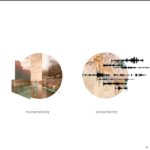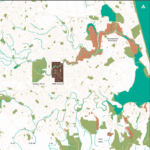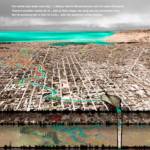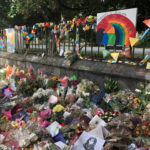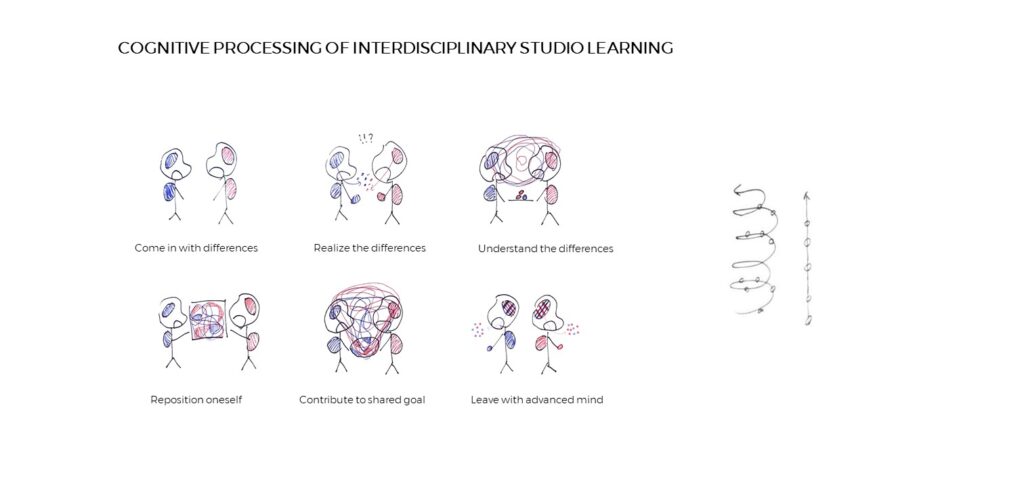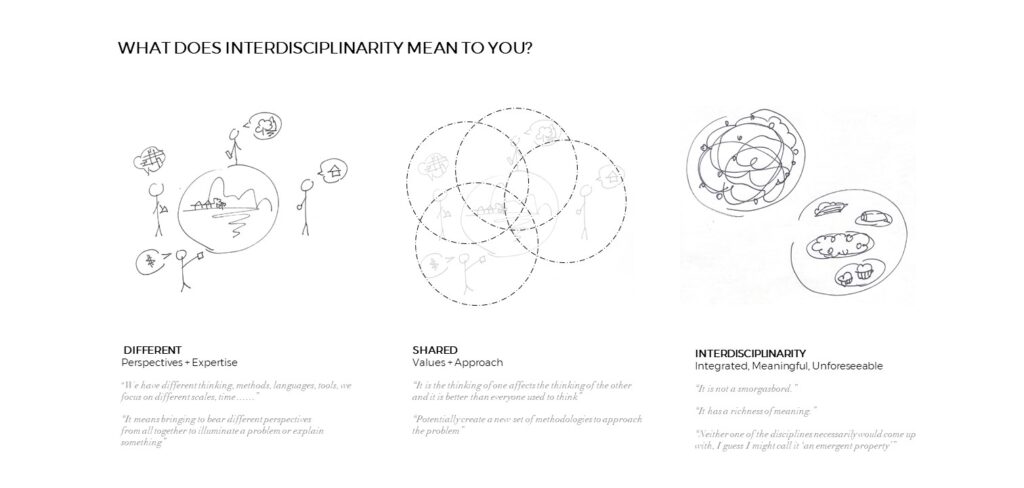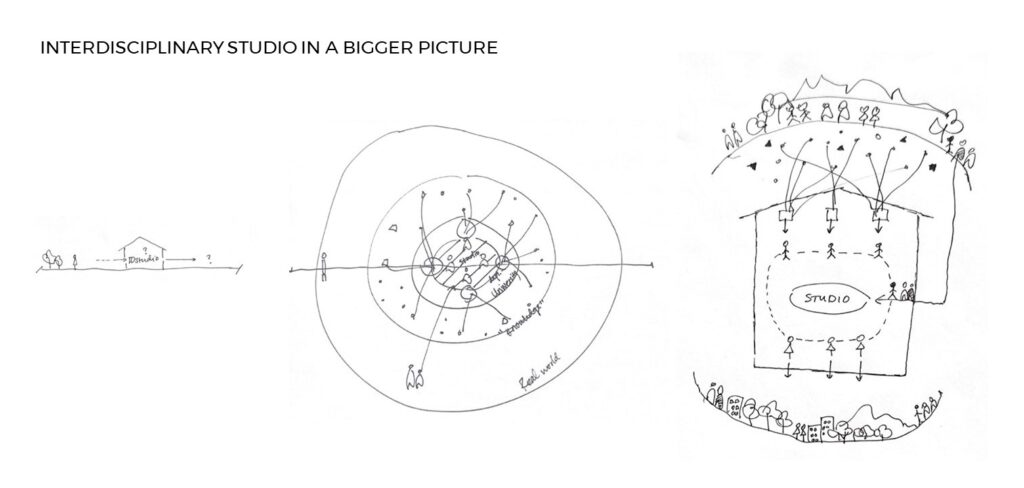This research examines how everyday environments supported healing, grounding, and emotional re-settling for residents of Christchurch, New Zealand, following the 2010 and 2011 earthquakes. It uncovers the emotional infrastructure of post-earthquake Ōtautahi/Christchurch, defined as the social and spatial aspects of place that support emotional processing, sense of belonging, and a collective capacity for care. This conceptual framework is grounded in 16 in-depth qualitative interviews that yielded four key themes: stability, reference, understanding and agency, each emerging from residents’ descriptions of their post-earthquake experiences. Together, these four themes assist in the location of self in time and place when disturbance has ruptured attachments and prompted a loss of footing. With application beyond the context of the Christchurch earthquakes, this framework offers insight into processes of “unsettlement” and “re-settlement,” and associated emotional needs more broadly. Recognizing that the earthquakes disrupted what could be considered a damaging normal, this research highlights disturbance as a potential opportunity for a re-evaluation of values and priorities, a re-assertion of Indigenous identity, an infusion of creativity and intentionality in city-making, and a sense of shared purpose. Ultimately, this thesis advocates for a process of emotional infrastructuring that centers on fostering cultures of care, offering insight into the role of design and planning in reconciling the past, welcoming the future, and reframing disturbance as an opportunity for adaptation to a dynamic new normal.
